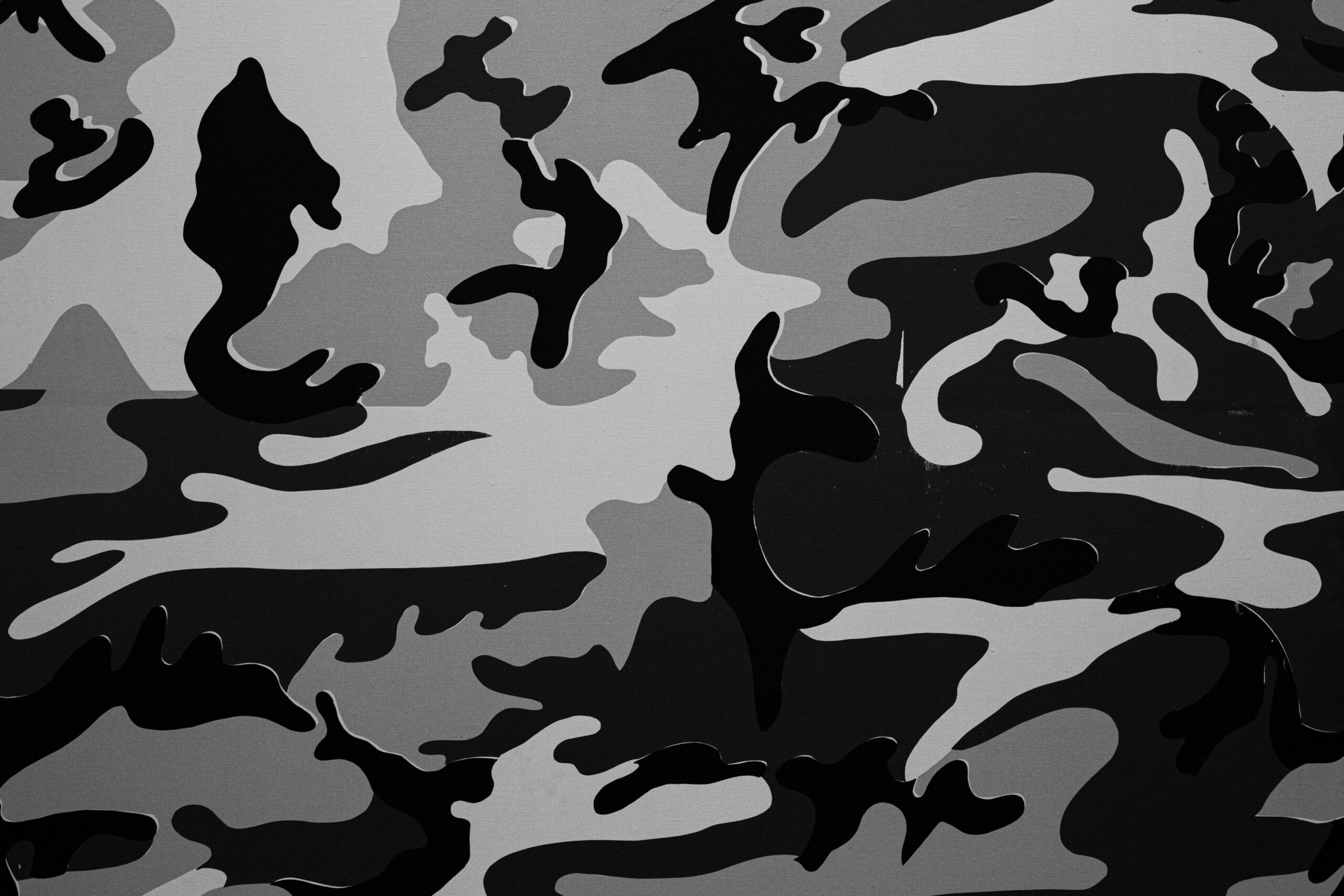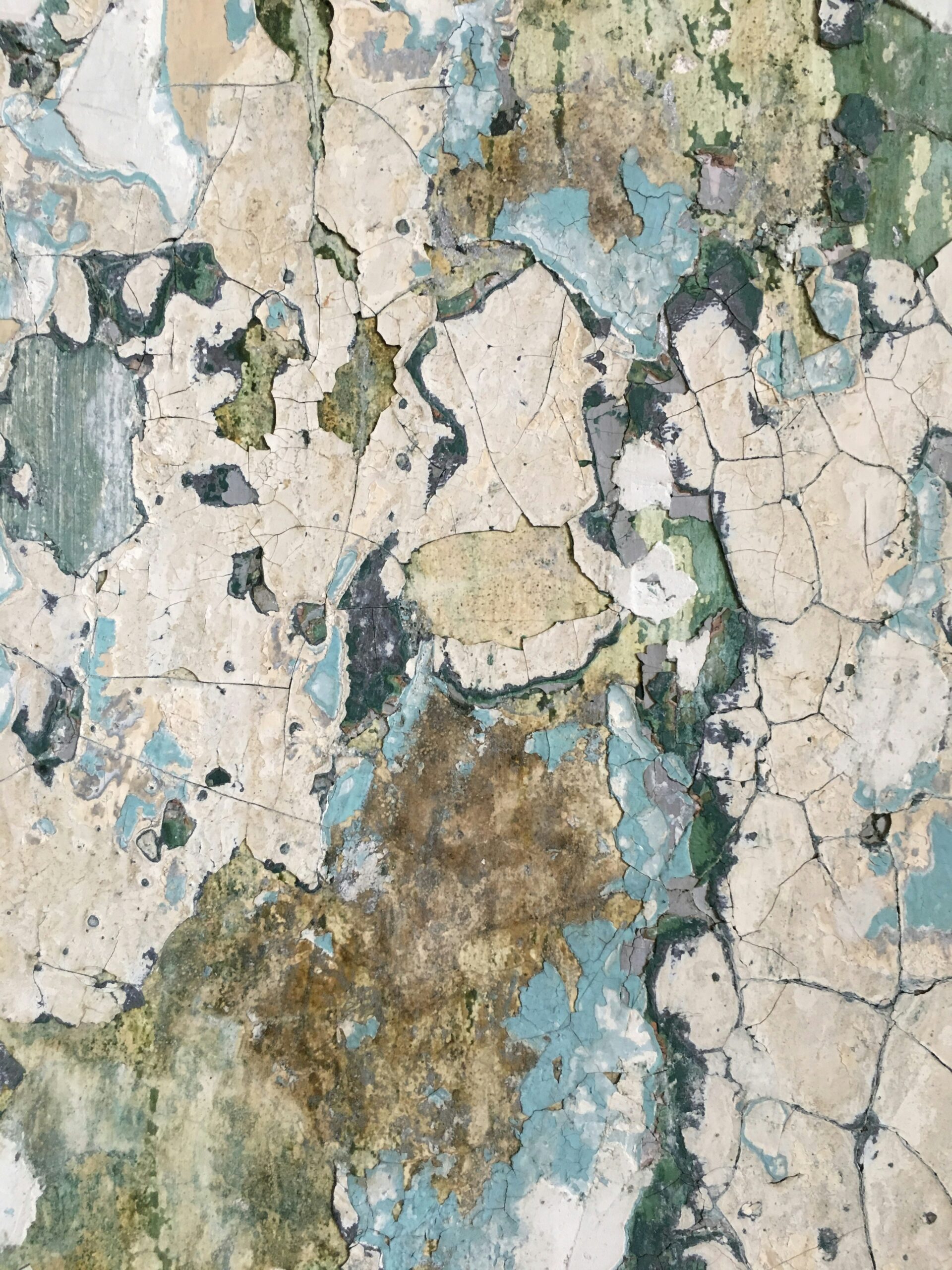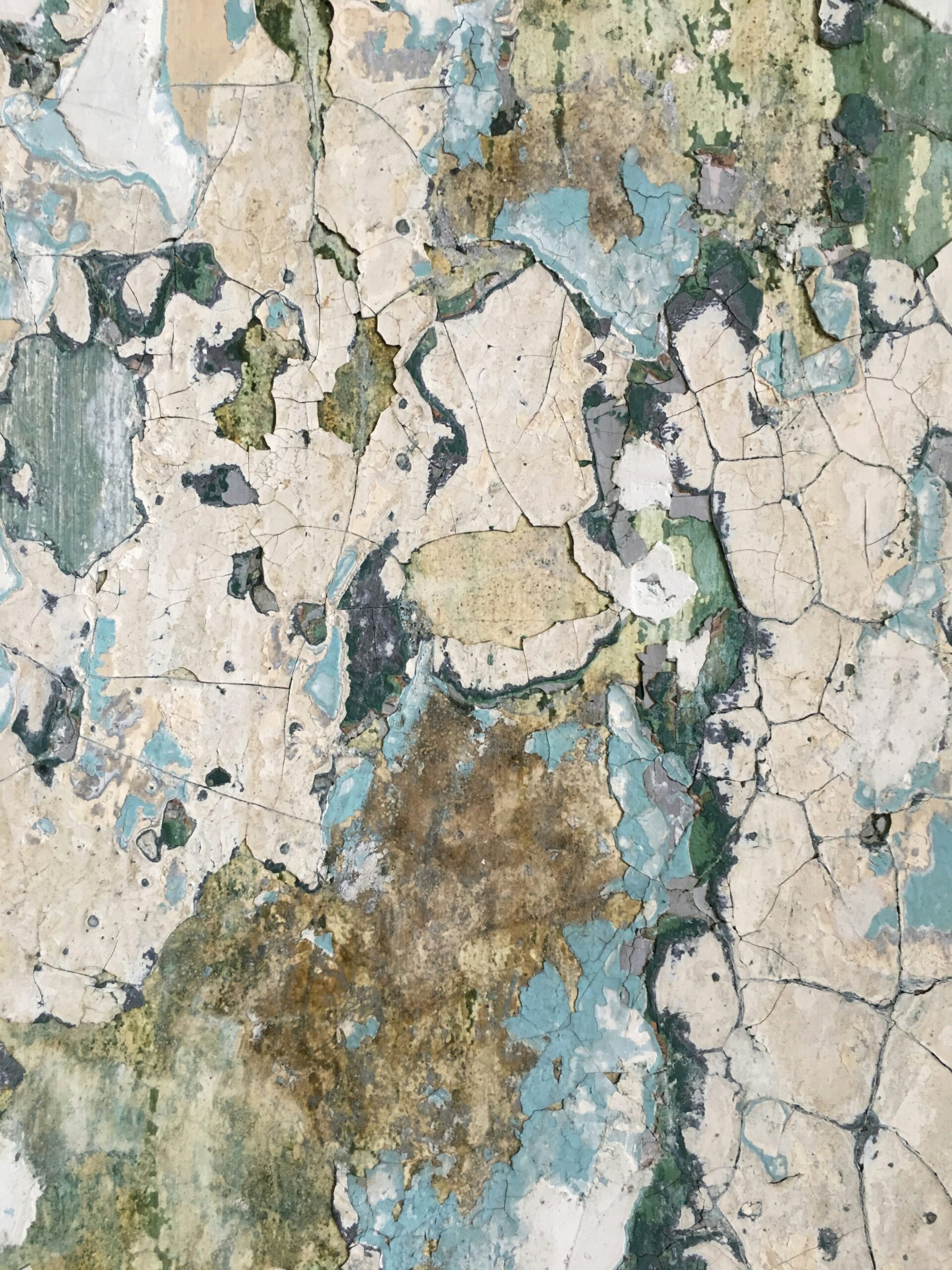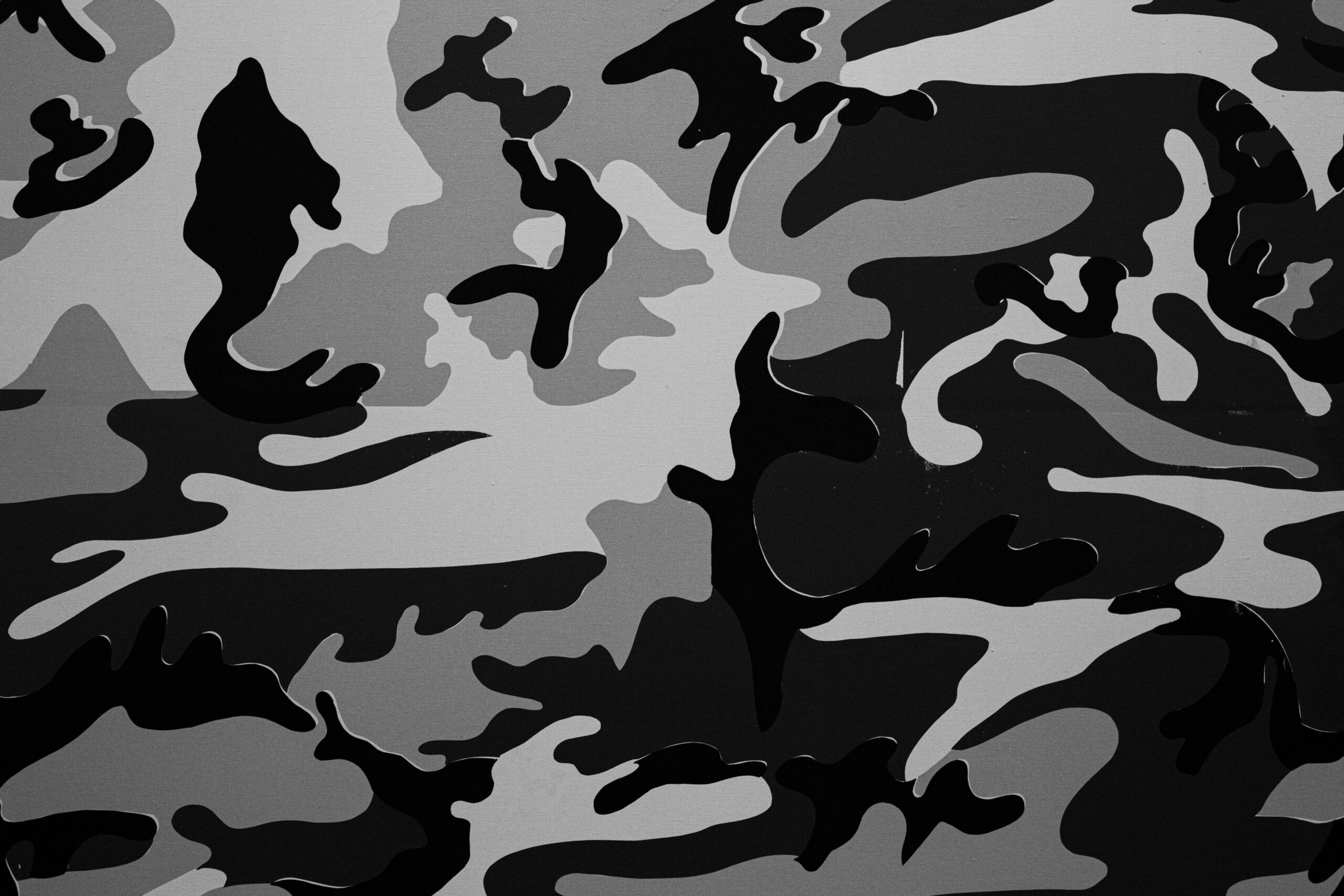Picture this: you’re out in the wilderness, surrounded by dense foliage and hidden wildlife, wearing your trusted camouflage outdoor gear. As you blend seamlessly into your surroundings, you can’t help but wonder – does this gear truly work in every environment? Whether you’re an avid hunter, a passionate hiker, or simply someone who enjoys exploring the great outdoors, understanding the effectiveness of camouflage gear is crucial. In this article, we will explore whether camouflage outdoor gear truly lives up to its lofty claims and whether it can truly help you disappear into any environment.

Understanding Camouflage and Its Principles
Defining camouflage
Camouflage refers to the use of colors, patterns, and materials to blend in with the surrounding environment, making an object or an individual difficult to be seen. It is a technique widely used in military operations, hunting, wildlife observation, and even in outdoor gear. The primary goal of camouflage is to conceal or disguise oneself or an object to avoid detection and improve survivability.
Historical context of camouflage
The concept of camouflage has a long and fascinating history. It dates back to ancient civilizations, where early warriors would use natural elements such as mud and foliage to blend into the terrain. However, it wasn’t until the 20th century that camouflage became a prominent feature in military strategy. During World War I, both sides utilized camouflage techniques to hide troops, vehicles, and weapons from the enemy. Artists and naturalists played a crucial role in developing camouflage patterns, leading to its widespread adoption in subsequent military conflicts.
Versatility of camouflage
While camouflage is commonly associated with military operations, its versatility extends beyond the battlefield. Hunters rely on camouflage to remain undetected by their prey, while wildlife photographers utilize it to capture animals in their natural habitats. Additionally, outdoor enthusiasts often incorporate camouflage gear into their activities such as hiking and camping to blend seamlessly with nature. Camouflage’s ability to adapt to various environments and serve different purposes is a testament to its effectiveness and enduring appeal.
Different Designs and Patterns of Camouflage
Traditional Military patterns
Traditional military patterns are characterized by muted earth tones and disruptive shapes to blend into diverse environments, including forests, grasslands, and deserts. These patterns often feature a combination of browns, greens, and tans, mimicking the natural colors found in specific regions. Examples of traditional military patterns include the iconic Woodland, Desert, and MultiCam, each optimized for specific terrains.
Hunters’ patterns
Hunters require specialized camouflage patterns to match the environment in which they pursue their prey. These patterns typically incorporate a range of natural colors and textures that blend with the surroundings, such as trees, grass, or foliage. Camouflage designs for hunters vary greatly depending on the targeted game and the geography in which they hunt.
Digital and modern patterns
With advances in technology, digital and modern camouflage patterns have emerged in recent years. These patterns incorporate pixelated designs that mimic the appearance of digital imagery. Digital camouflage, like the popular MultiCam Black, utilizes a combination of small rectangular pixels to create a more textured and fragmented pattern. This style of camouflage is often found in military applications, providing enhanced concealment.
Specialty patterns
In addition to traditional and digital patterns, there is a wide range of specialty camouflage designs tailored for specific needs. These patterns cater to specific environments, such as snow-covered landscapes or urban settings, where traditional camouflage may not be as effective. Specialty patterns often employ unique color palettes and patterns that allow individuals to blend seamlessly into specific surroundings.
How Camouflage Works
The concept of blending
The primary principle behind camouflage is the concept of blending. By mimicking the colors, textures, and patterns of the surrounding environment, camouflage gear makes it difficult to distinguish an object or person from their surroundings. Whether it is through using natural elements or artificial patterns, the objective is to break up the outline and provide visual continuity with the environment, making it challenging for the viewer to detect the concealed object or individual.
Breaking of shape and silhouette
Camouflage also relies on the breaking of shape and silhouette to deceive the viewer’s perception. By employing disruptive patterns or using 3D elements, camouflage gear can create visual illusions that distort the viewer’s ability to recognize the true shape and size of an object. This technique is especially crucial in situations where the outline of the object could give away its presence or intentions.
Utilizing shadow and light
Shadow and light play a significant role in camouflage effectiveness. Properly designed camouflage patterns take advantage of natural lighting conditions to help individuals blend more seamlessly into their surroundings. By strategically incorporating dark and light areas into the pattern, camouflage gear can replicate the appearance of shadows and highlights, further enhancing the illusion of depth and hiding the concealed object or person.
Testing Camouflage Effectiveness
Factors that affect camouflage effectiveness
Several factors can impact the effectiveness of camouflage gear. These factors include the chosen pattern, the environment, lighting conditions, distance, and the observer’s visual acuity. The success of camouflage gear depends on how well it matches these factors. For example, a camouflage pattern designed for forest environments may be less effective in a desert setting due to the mismatch in colors and patterns.
Methods to evaluate camouflage success
Various methods are used to evaluate the effectiveness of camouflage gear. Controlled experiments, often conducted in simulated environments, compare the visibility of individuals wearing different camouflage patterns. Observers are tasked with detecting or accurately identifying the concealed individuals to determine the camouflage pattern’s success. Field evaluation under real-world conditions, such as military operations or hunting, also provides valuable data on camouflage effectiveness.
Experience from armed forces and hunters
The experiences of armed forces and hunters provide invaluable insights into the effectiveness of camouflage gear. Military personnel who have served in combat situations can attest to the life-saving benefits of effective camouflage strategies. Similarly, experienced hunters understand the importance of choosing appropriate camouflage patterns to remain undetected by wildlife. These real-world experiences continuously shape the development of camouflage gear and contribute to ongoing improvements.

Camouflage in Different Environments
Forest and woodlands
In forest and woodland environments, camouflage gear must mimic the colors and textures of trees, foliage, and undergrowth. Camouflage patterns for these environments often feature a mix of green and brown shades, along with disruptive shapes that resemble branches and leaves. The goal is to blend seamlessly into the dense vegetation and trick the observer’s eyes into perceiving the individual or object as part of the natural surroundings.
Desert and arid regions
Desert and arid regions present unique challenges for camouflage gear. The predominant colors in these environments are sandy yellows, browns, and tans. Effective desert camouflage patterns incorporate these colors, along with subtle variations in tone, to replicate the texture and appearance of sand and rock formations. The goal is to break up the outline of the wearer and minimize the contrast against the desert landscape.
Urban settings
In urban settings, camouflage gear must adapt to man-made structures and artificial environments. Urban camouflage patterns often feature a combination of greys, blues, and dark tones to facilitate blending with concrete, metal, and other urban elements. Designs may incorporate geometric patterns or stylized shapes that mimic the architectural features commonly found in urban areas, allowing individuals to blend inconspicuously into their surroundings.
Snow and ice
Camouflage gear for snowy and icy environments involves patterns that blend with the stark white terrain. These patterns typically include whites and light greys, along with varying shades of blue to mimic shadows and highlights found in snowy conditions. The goal is to ensure that the wearer is indistinguishable from the snowy surroundings, enabling them to remain hidden from both human and animal observers.
Night and low light conditions
Camouflage gear designed for night and low light conditions utilizes dark colors to minimize reflections and provide enhanced concealment. These patterns often incorporate shades of black, dark green, or dark blue to blend in with the limited light available. Additionally, reflective elements on the gear can be strategically placed to disperse any incoming light, further reducing visibility. This type of camouflage is often used by military and law enforcement personnel during nocturnal operations.
Limitations and Considerations when Using Camouflage
Color accuracy and technology limitations
While camouflage gear aims to replicate the colors and textures of the environment, achieving perfect color accuracy can be challenging. The variability of lighting conditions, the limitations of manufacturing techniques, and the human eye’s ability to perceive colors can all affect the effectiveness of camouflage. It is essential to understand these limitations and choose patterns that offer the best compromise between realism and practicality.
Seasonal and time-of-day shifts
Seasonal changes and variations throughout the day impact the effectiveness of camouflage gear. As vegetation and lighting conditions change, the choice of camouflage pattern may need to be adapted accordingly. For example, a pattern that works well in summer may not blend effectively during the winter months. Being cognizant of these shifts and adjusting gear as needed is essential for maintaining optimal concealment.
Camouflage vs Natural instincts
While camouflage gear can significantly improve concealment, it is important to note that animals and keen observers may still rely on other cues to detect concealed individuals or objects. Factors such as movement, sound, and scent can still give away one’s presence. Camouflage should be considered as one tool among many, and understanding and adapting to the natural instincts of the prey or observer is equally important for ensuring reliable concealment.

Impact of Camouflage on Wildlife Observation
Camouflage in birdwatching and photography
Camouflage plays a vital role in birdwatching and wildlife photography. Both activities require individuals to get close to their subjects without alarming or disturbing them. Camouflage clothing and gear designed specifically for these purposes allow enthusiasts to blend seamlessly with the environment, increasing their chances of observing and capturing animals in their natural habitats. By minimizing the human presence, camouflage gear enables more authentic and intimate wildlife experiences.
Influence of camouflage in research studies
Camouflage gear also plays a crucial role in scientific research studies focused on animal behavior and ecology. Researchers use camouflage to minimize their impact on the animals they study, allowing them to observe and record natural behaviors without altering the subject’s actions. This observational approach provides valuable insights into the lives and habits of various species. The use of camouflage contributes to the integrity and accuracy of scientific findings.
Respect for wildlife and environment
Camouflage gear should always be used responsibly and with respect for wildlife and the environment. It is essential to prioritize the well-being and conservation of wildlife over personal interests. Understanding and adhering to ethical guidelines, including maintaining a safe distance from animals and avoiding disturbance or harm, should be the foundation of any camouflage-related activity. By practicing responsible behavior, individuals can ensure that their use of camouflage does not negatively impact the natural world.
Influence of Camouflage in the Outdoor Gear Market
Popularity among outdoor enthusiasts
Camouflage has gained immense popularity among outdoor enthusiasts and adventurers. The desire to feel connected to nature and blend seamlessly with the environment has increased the demand for camouflage outdoor gear. Whether it is hiking, camping, or fishing, individuals seek gear that not only offers performance and functionality but also allows them to immerse themselves in nature. This demand has led to a wide variety of camouflage equipment and apparel options in the outdoor gear market.
Marketing and consumer trends
The outdoor gear industry heavily relies on marketing strategies that highlight the advantages of camouflage gear. Advertisements often showcase the gear’s effectiveness in enhancing one’s outdoor experience. The use of outdoor influencers, social media campaigns, and endorsements further fuels the demand for camouflage products. As people increasingly seek unique and immersive experiences in nature, the outdoor gear market will continue to respond with innovative and stylish camouflage options.
Innovation in camouflage technology
Advancements in technology have significantly impacted camouflage gear. From improved fabric construction to cutting-edge printing techniques, manufacturers are continually pushing the boundaries of what is possible. In recent years, developments like temperature-regulating fabrics, moisture-wicking materials, and lightweight designs have enhanced the functionality and comfort of camouflage gear. Additionally, the integration of technologies like infrared resistance and electromagnetic signature management provides military personnel with advanced concealment capabilities.

Legal and Ethical Considerations Amidst Usage of Camouflage
Laws regarding camouflage usage
The usage of camouflage gear may be subject to specific laws and regulations in various jurisdictions. These laws can vary depending on the intended purpose of camouflage, such as hunting, military operations, or public safety. It is crucial for individuals to familiarize themselves with the relevant regulations and comply with them to avoid legal consequences. Understanding and respecting the legal framework surrounding camouflage gear ensure its responsible and lawful use.
Ethical debates surrounding camouflage
Camouflage gear has sparked ethical debates regarding its use in certain situations. Concerns are raised when camouflage is employed to deceive or mislead others intentionally. For example, using camouflage to facilitate illegal activities or camouflage military forces for aggressive purposes can raise ethical questions. It is important to consider the intentions behind the use of camouflage and ensure that its purpose aligns with ethical standards and societal norms.
Safety concerns and public perceptions
The use of camouflage gear can raise safety concerns and impact public perceptions. In situations where individuals, particularly law enforcement or military personnel, wear camouflage in public spaces, it may cause confusion or alarm among the general population. To avoid unnecessary risks or misinterpretation, clear communication and proper identification are vital. Educating the public about the legitimate uses and appropriate contexts for camouflage can help alleviate concerns and foster understanding.
Future of Camouflage Gear
Emerging technologies in camouflage
The future of camouflage gear is likely to be shaped by emerging technologies. Ongoing research and development focus on creating more dynamic camouflage solutions that can adapt to changing environments in real-time. Development in materials, such as chameleon-like fabrics that can alter their appearance, may revolutionize the effectiveness of camouflage. Moreover, advancements in active camouflage, utilizing smart materials and advanced sensors, could provide the ultimate concealment solution in the future.
Vision for the future: Opportunity and threats
As camouflage technology evolves, there are both opportunities and potential threats to consider. Improved camouflage could offer enhanced protection for military personnel, increased safety for law enforcement, and better opportunities for wildlife observation. However, the advancement of camouflage may also pose challenges in terms of deception and security concerns. Striking a balance between innovation and responsible use will be essential to navigate the future landscape of camouflage gear effectively.
Camouflage in the age of drones and advanced surveillance
The proliferation of drones and advanced surveillance technologies presents new challenges and opportunities for camouflage gear. As drones become more sophisticated and prevalent, camouflaging against them may require innovative strategies. Additionally, the development of facial recognition technology and motion tracking further emphasizes the need for effective camouflage to maintain privacy and security. The convergence of camouflage and anti-detection technologies will play a crucial role in adapting to the evolving landscape of surveillance.
In conclusion, camouflage gear plays a vital role in concealing individuals and objects to enhance survivability, improve hunting success, facilitate wildlife observation, and enable immersive outdoor experiences. Understanding the principles and design elements of camouflage, as well as evaluating its effectiveness in different environments, is essential for maximizing its benefits. As advancements in technology continue to shape the future of camouflage, proper consideration of legal and ethical aspects, along with a responsible approach, will ensure its sustainable and valuable use in various domains.


